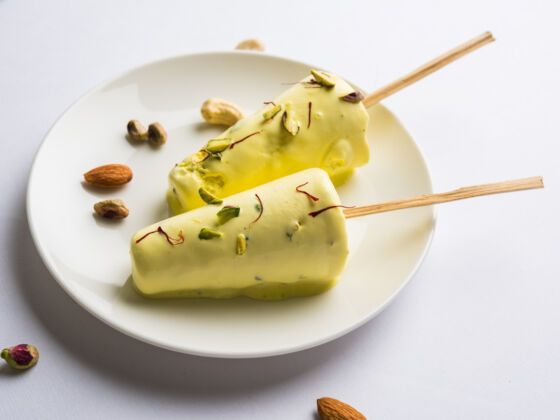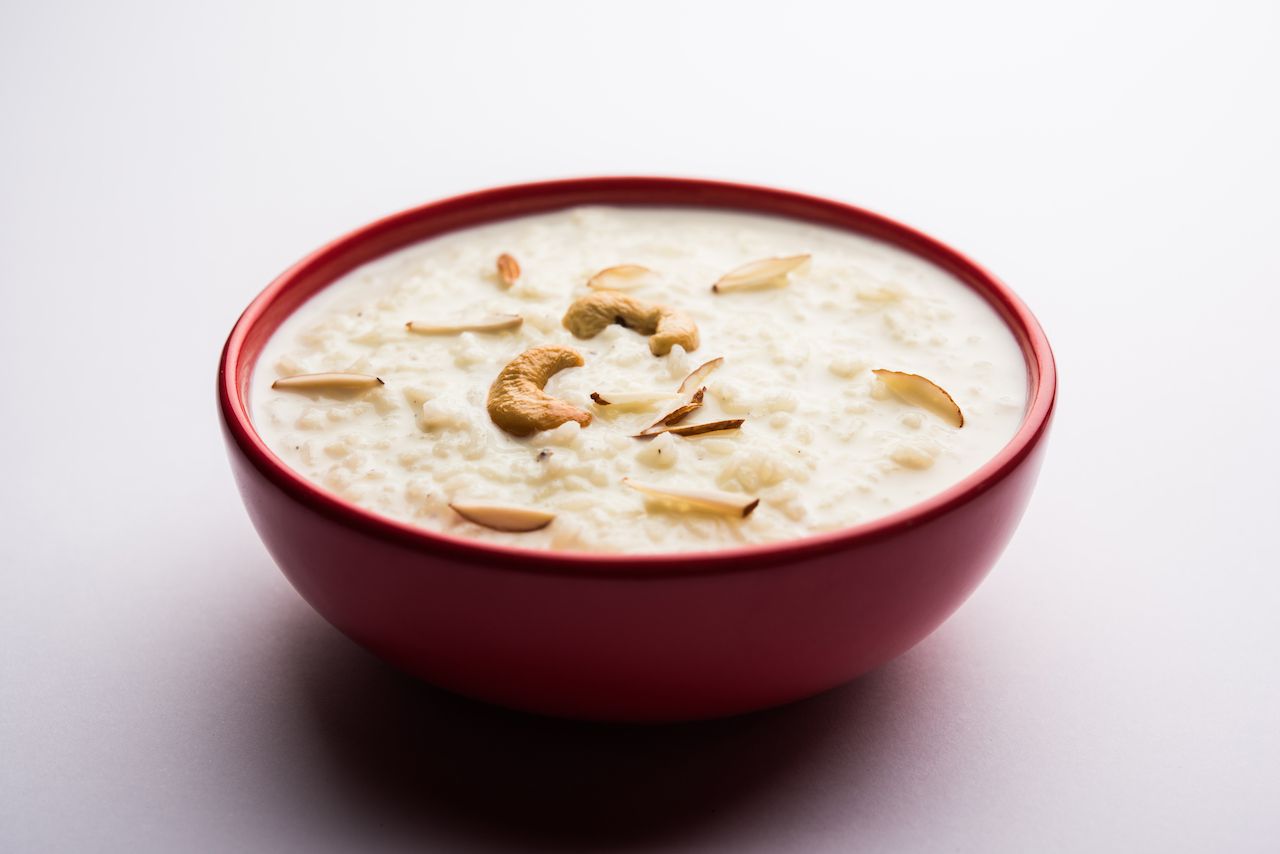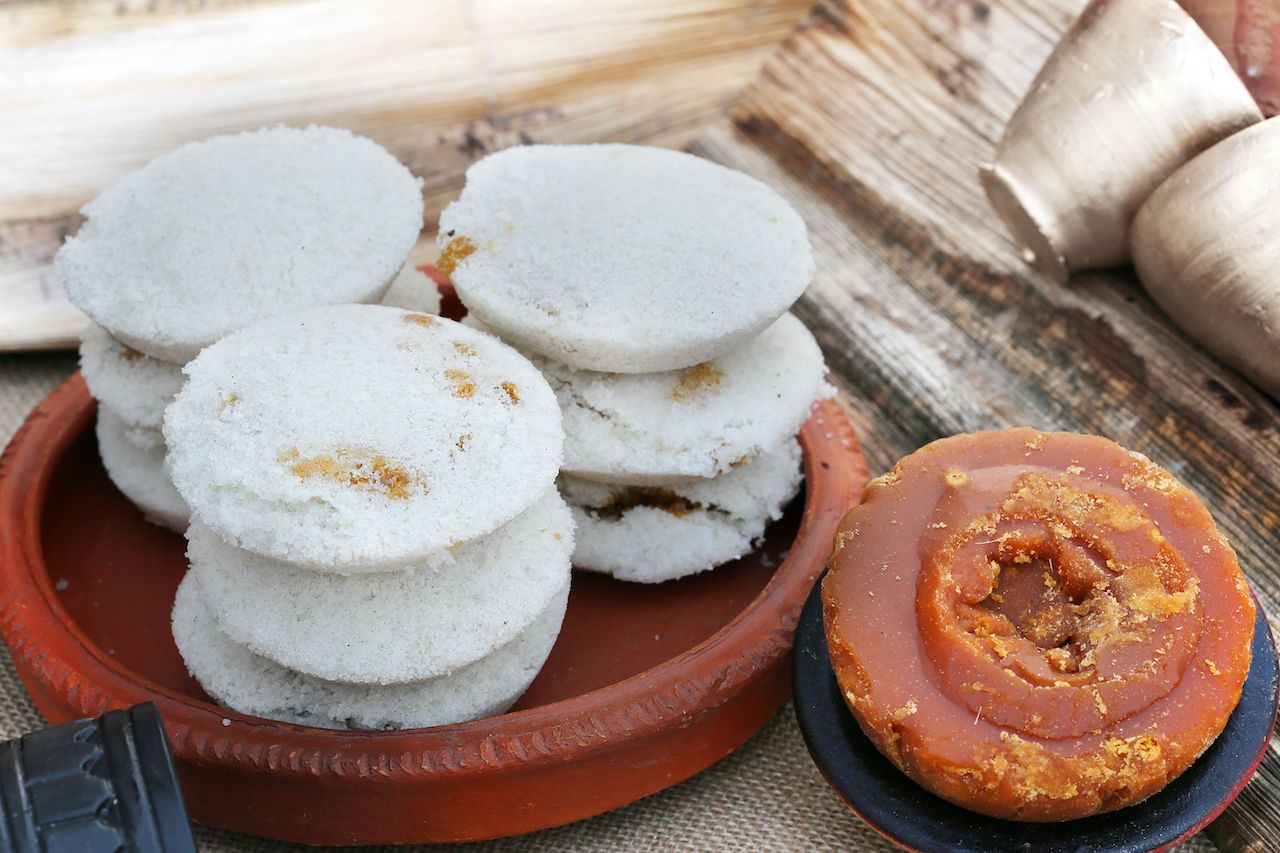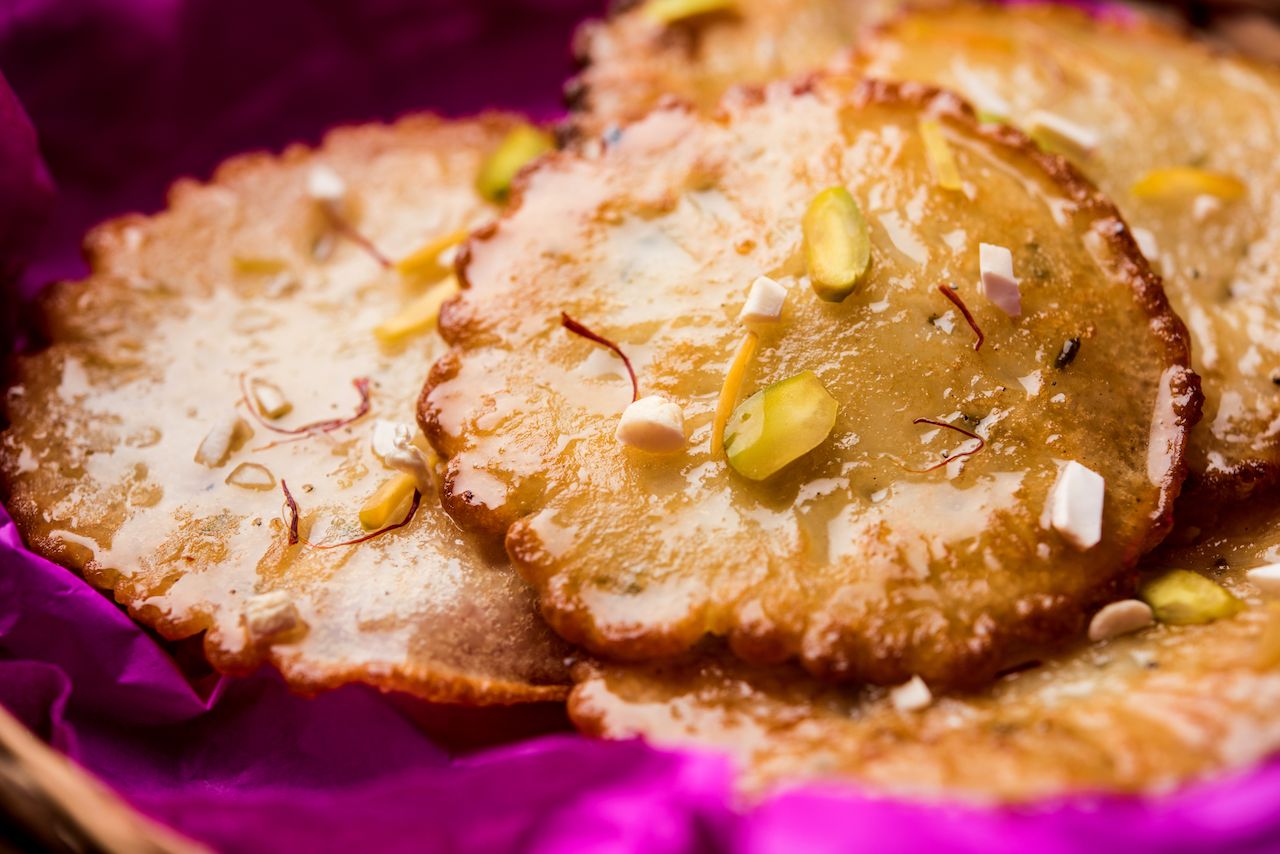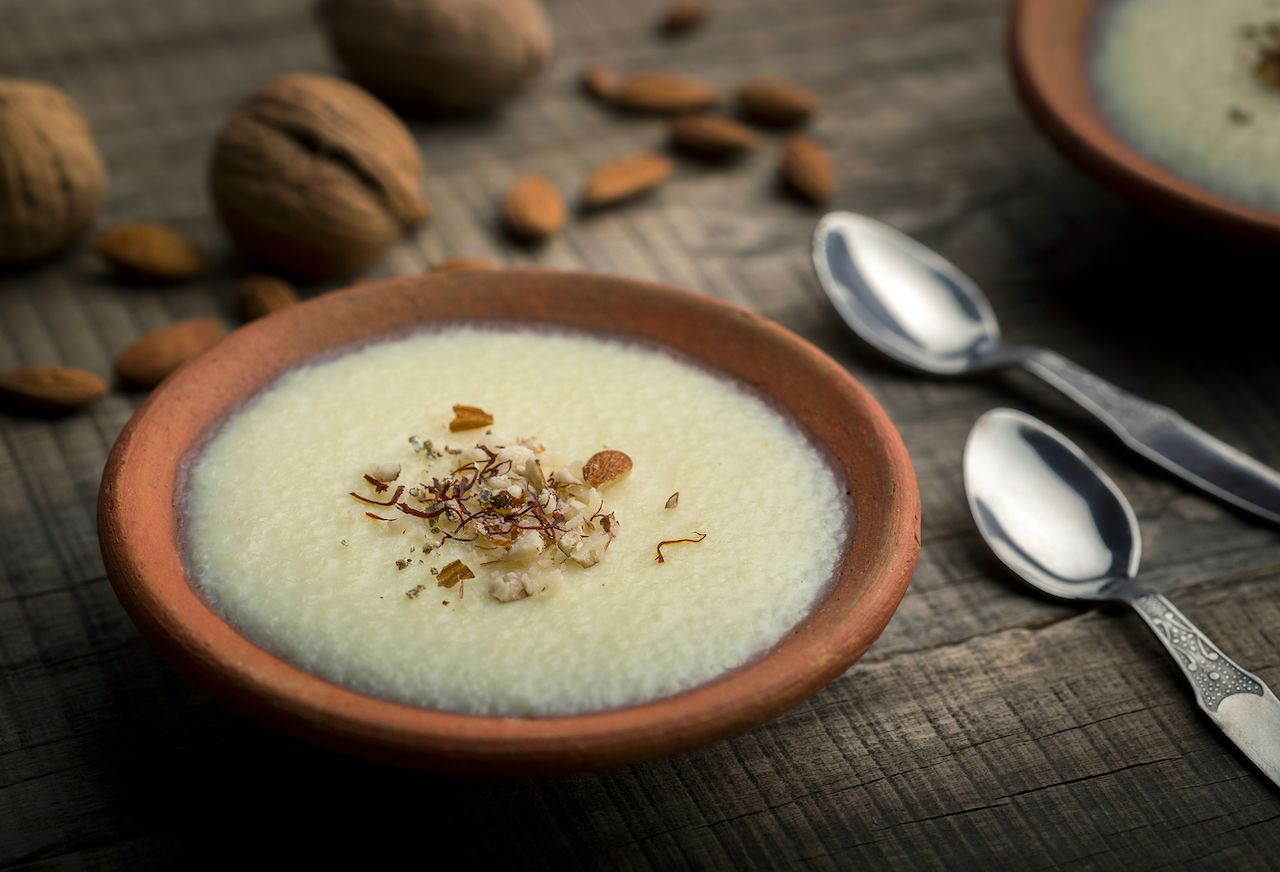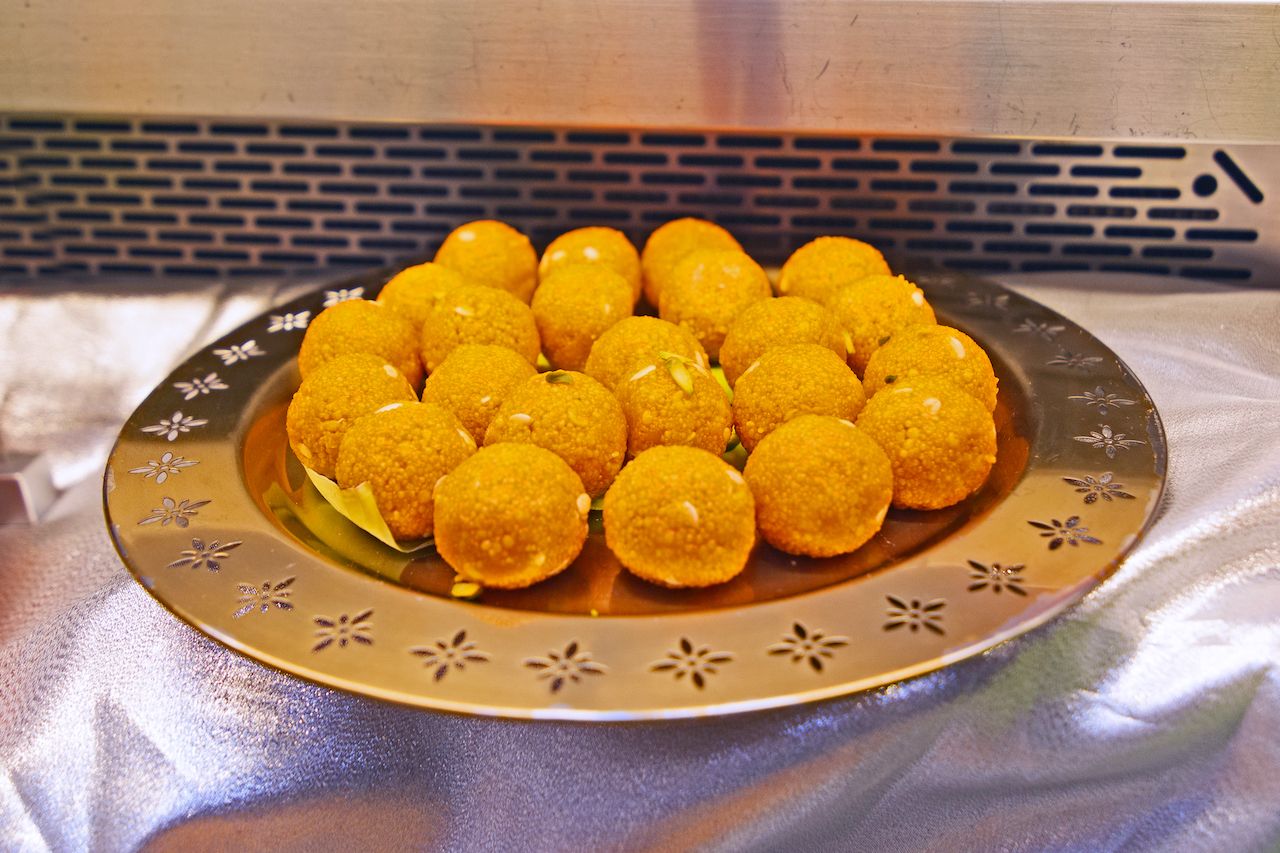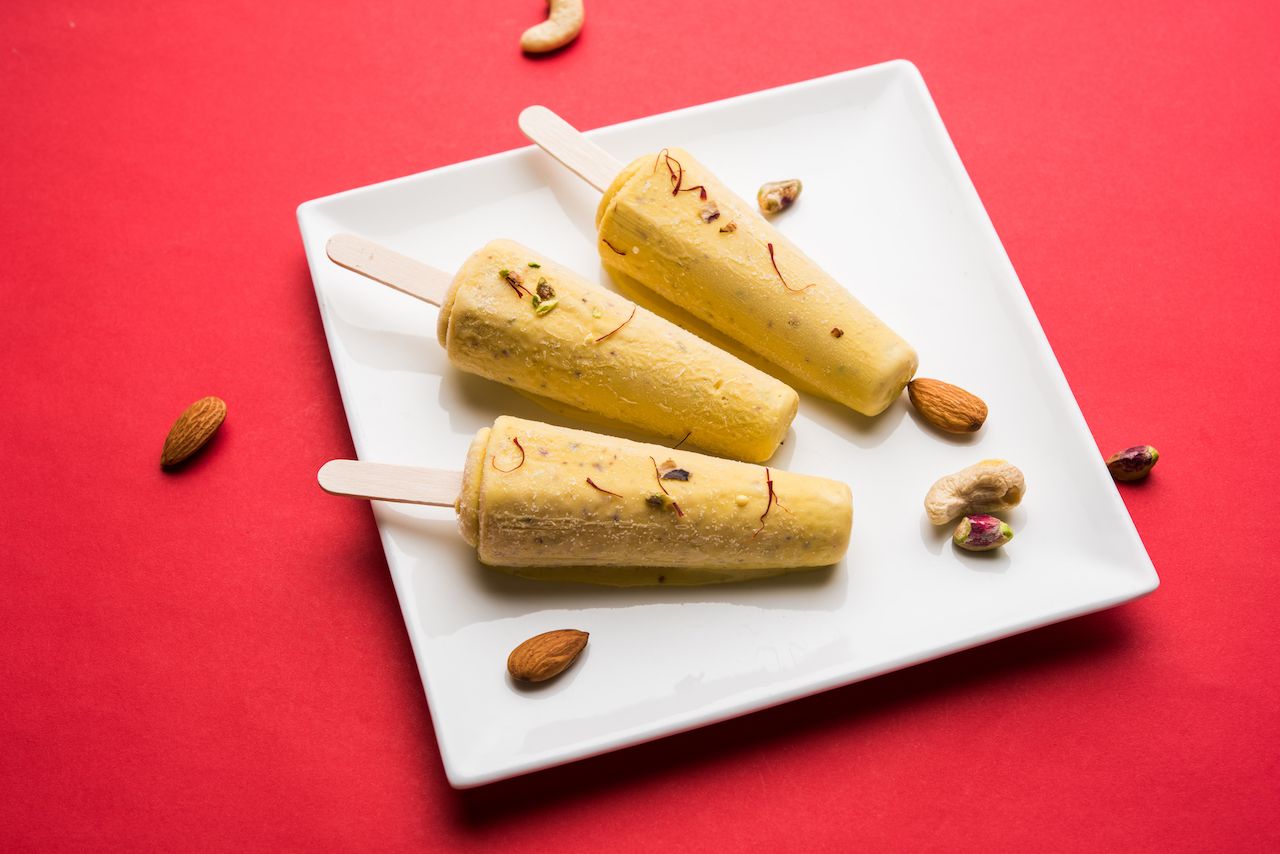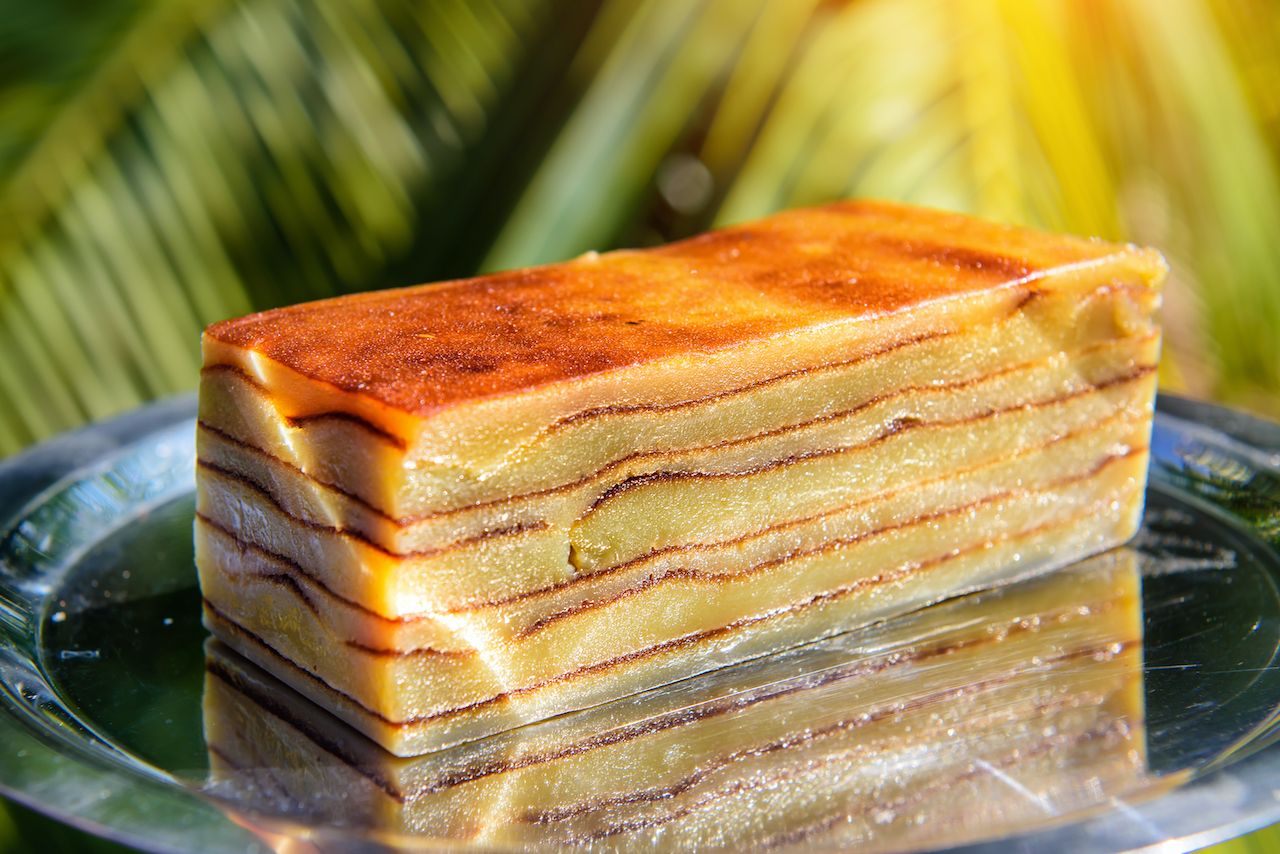In India, no occasion takes place without desserts. A dessert is served at celebrations from birth to death, and religious feasts and festivals are big on sweets.
Traditionally, a homemade dessert was a must after every Indian meal, though a piece of jaggery (a brown sugar from palm tree sap) was offered if a full dessert was absent. Desserts like rice kheer are mentioned in ancient Sanskrit texts of India. They’re offered to deities and form an integral part of Hindu festivals. Desserts like phirni, a must in Ramadan feasts, have Persian origins while the multi-layer cake bebinca, a favorite during Goa’s Christmas, has Portuguese influence. Foreign invaders, settlers, migrants, and traders have all contributed to the smorgasbord of desserts India has.
